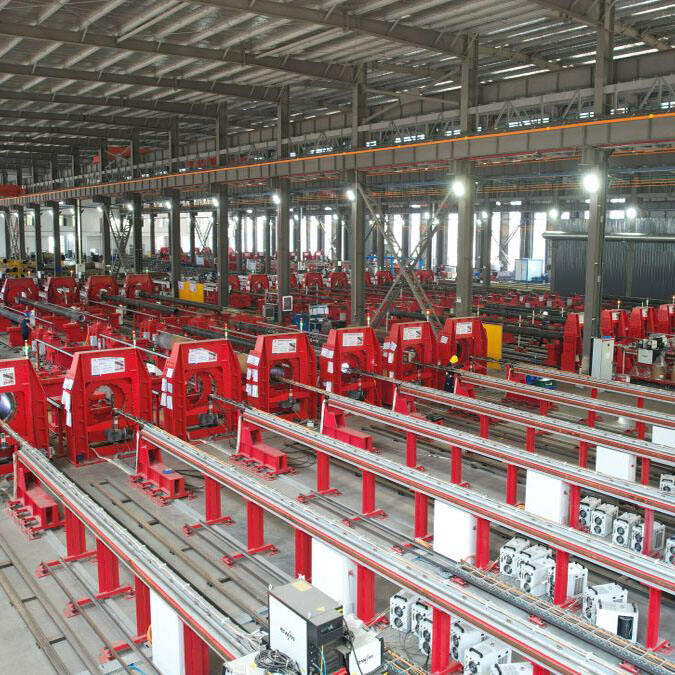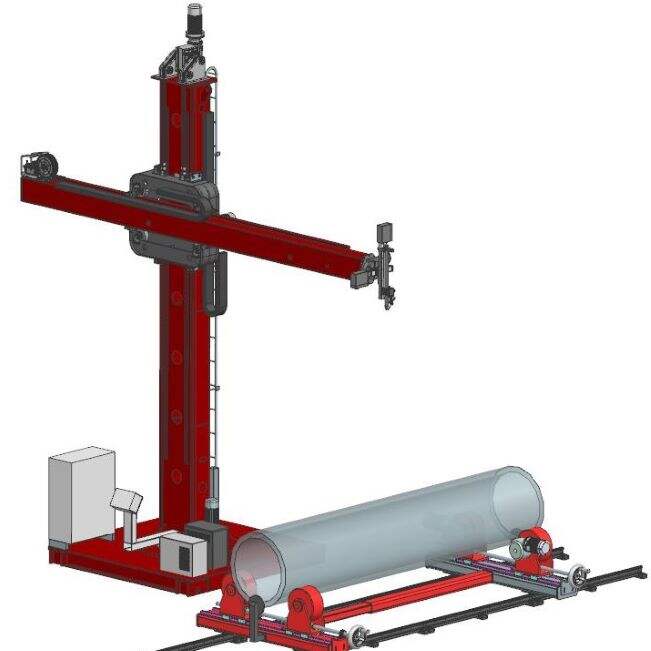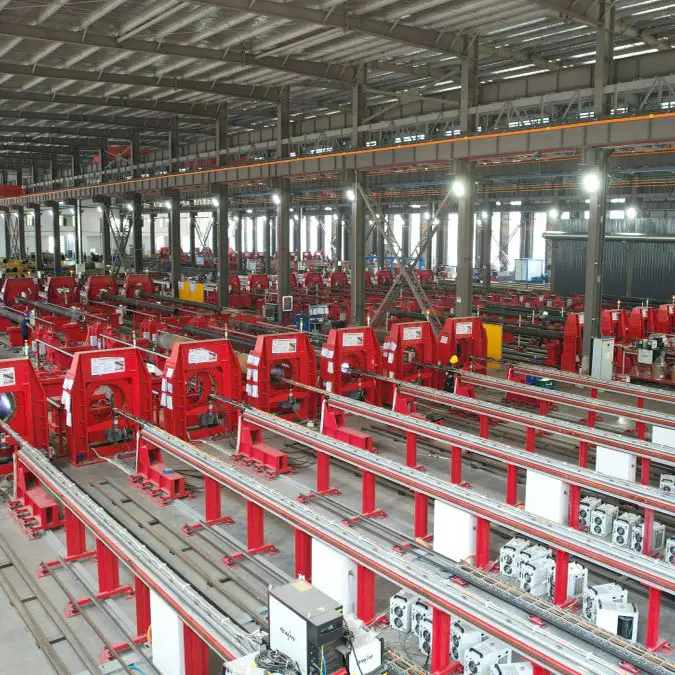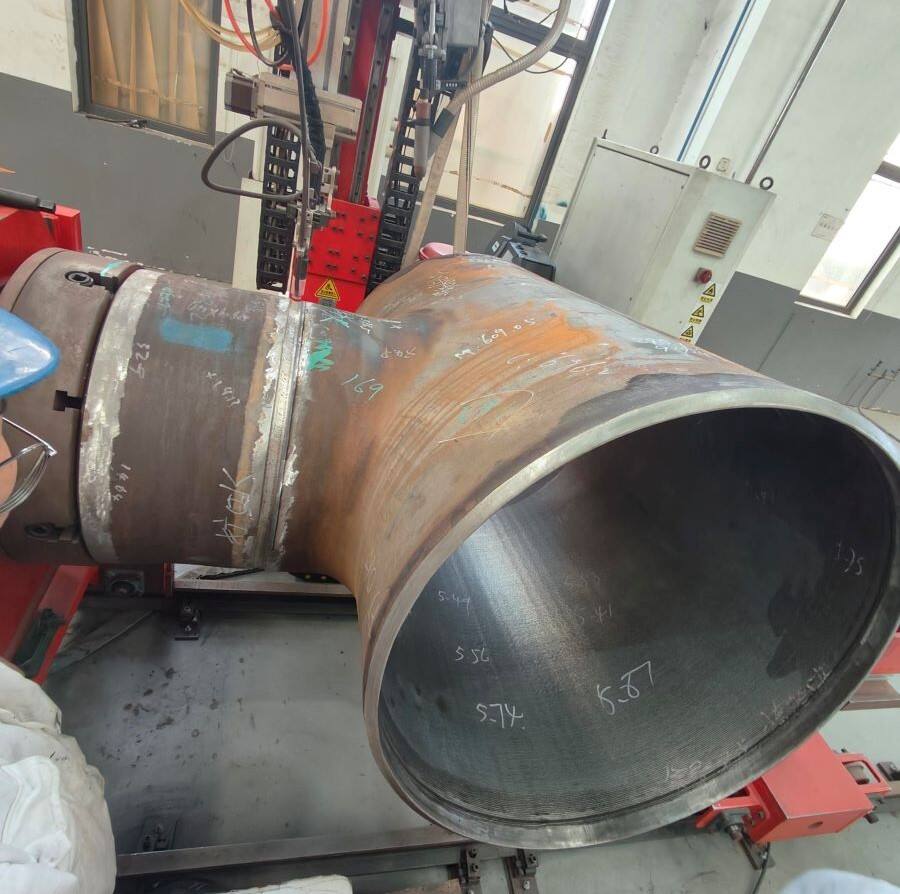dc inverter arc welder
The DC inverter arc welder represents a significant advancement in welding technology, combining precision, efficiency, and versatility in a compact package. This sophisticated welding equipment utilizes inverter technology to convert standard AC power into DC power, enabling superior control over the welding process. The machine operates by creating a controlled electric arc between the electrode and the workpiece, allowing for precise metal joining across various applications. Modern DC inverter arc welders feature microprocessor-controlled systems that continuously monitor and adjust the welding parameters, ensuring consistent arc stability and weld quality. These units typically offer multiple welding modes, including stick welding (SMAW) and TIG welding capabilities, making them versatile tools for both professional welders and enthusiasts. The equipment's advanced power management system provides excellent energy efficiency while maintaining optimal welding performance. With adjustable amperage settings, hot start functionality, and anti-stick technology, these welders deliver exceptional control over the welding process, resulting in clean, strong welds across different material thicknesses and types.

 EN
EN
 AR
AR BG
BG HR
HR CS
CS DA
DA NL
NL FI
FI FR
FR DE
DE EL
EL HI
HI IT
IT JA
JA KO
KO NO
NO PL
PL PT
PT RO
RO RU
RU ES
ES SV
SV TL
TL IW
IW ID
ID LT
LT UK
UK SQ
SQ HU
HU TH
TH TR
TR FA
FA AF
AF CY
CY MK
MK LA
LA MN
MN KK
KK UZ
UZ KY
KY







